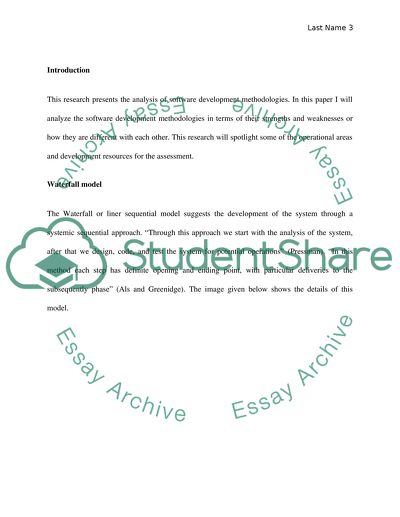Cite this document
(Models of Software Development Methods Research Paper, n.d.)
Models of Software Development Methods Research Paper. Retrieved from https://studentshare.org/logic-programming/1557445-system-analysis-and-method-designed-mis-class-report
Models of Software Development Methods Research Paper. Retrieved from https://studentshare.org/logic-programming/1557445-system-analysis-and-method-designed-mis-class-report
(Models of Software Development Methods Research Paper)
Models of Software Development Methods Research Paper. https://studentshare.org/logic-programming/1557445-system-analysis-and-method-designed-mis-class-report.
Models of Software Development Methods Research Paper. https://studentshare.org/logic-programming/1557445-system-analysis-and-method-designed-mis-class-report.
“Models of Software Development Methods Research Paper”, n.d. https://studentshare.org/logic-programming/1557445-system-analysis-and-method-designed-mis-class-report.


